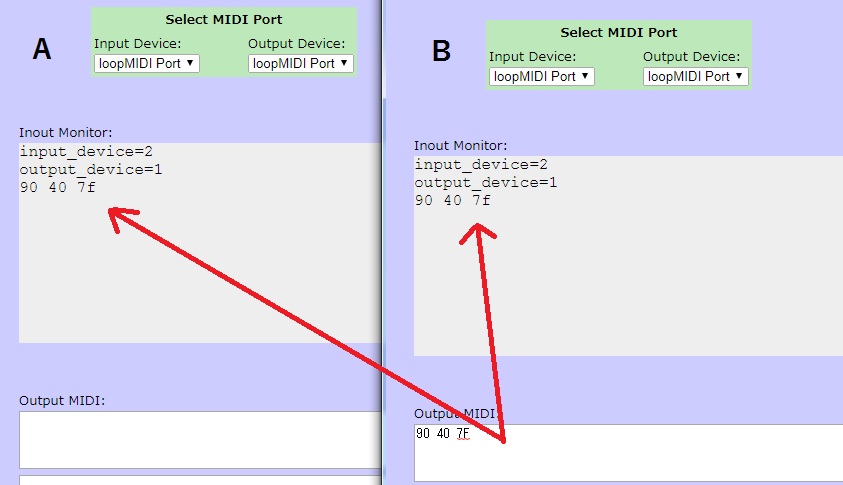How to connect using loopMIDI
The loopMIDI is the name of a Windows application. It's for MIDI virtual cable developed by Mr.Tobias Erichsen. Virtual cable means connecting path of MIDI between an application to the other app. It can be used on Windows 10 32/64bit. You can download from http://www.tobias-erichsen.de.
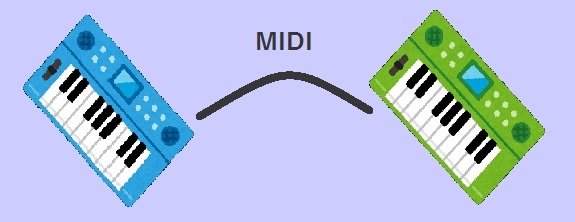
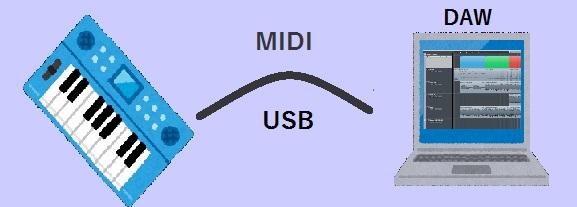
MIDI is a protocol that connects instruments together, or between instruments and PCs. Using loopMIDI, for example, you can connect a software synth on your PC to your DIY application. Your application is not a special program, just a program that handles normal MIDI to play the software synth. In other words, using loopMIDI, you can treat external sound sources connected to your PC and software synths on your PC in the same way.
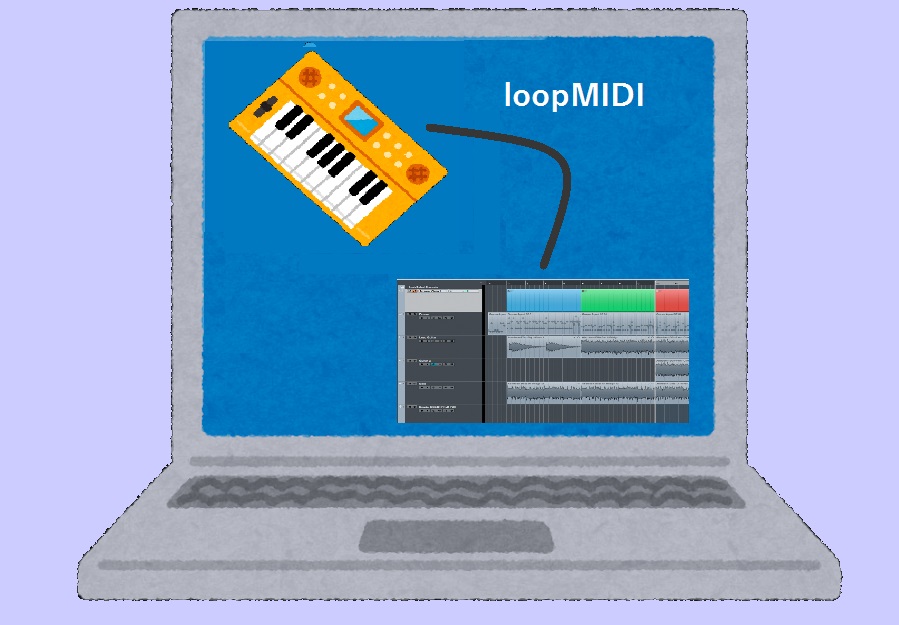
Install loopMIDI.
Check "I agree to the license...".
If "Autostart loopMIDI when logging in" is checked,
loopMIDI will start when Windows starts.
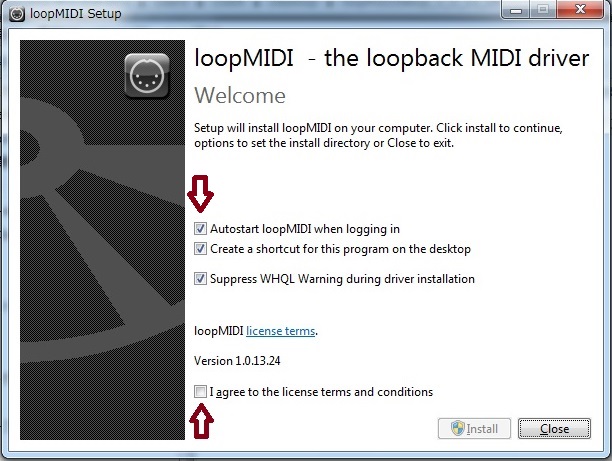
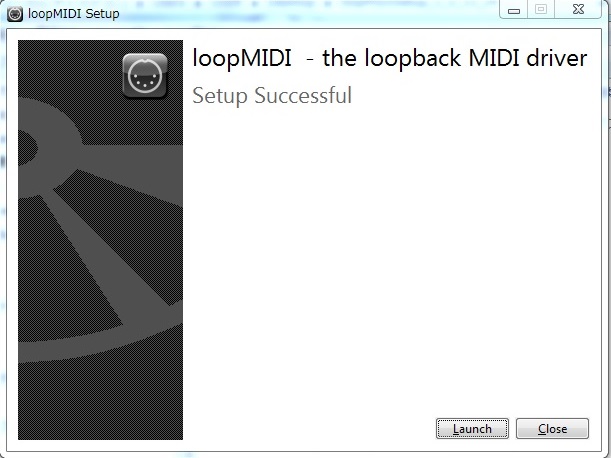
Click the application icon.

Start the application. On the start-up screen, you will see "loopMIDI Port." This is the name of the virtual cable.
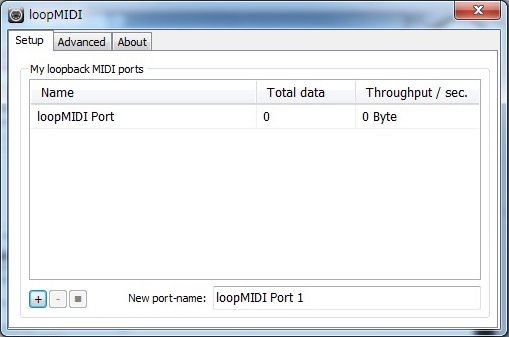
A virtual cable can communicate in both directions, so one virtual cable is enough to connect one software synth to your DIY app. If you want to connect two or more software synths, or if you want to do something more complicated, you can add a virtual cable. To add a new one, enter a name in "New Port-name" box and click the plus button.
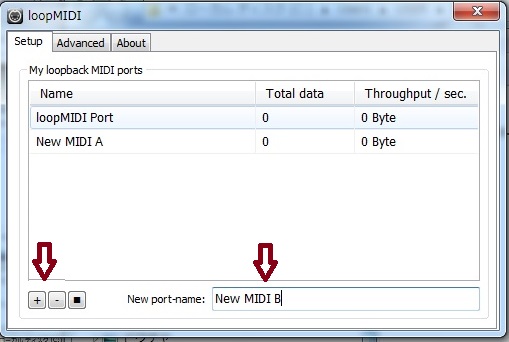
For example, start two "Send And Receive". Instead of two tags in one browser, open two windows and launch Send And Receive.
https://mikatahara.github.io/SendReceive/Call the two browsers Browser A and Browser B. Set the MIDI Port of each browser as follows:
Browser A: Inout Device:loopMIDI Port Output Device:New MIDI A Browser B: Output Device:loopMIDI Port Inout Device:New MIDI A
This configuration is an example of using two ports, loopMIDI Port and New MIDI A to communicate between two browsers using MIDI.
- Browser A sends a MIDI to New MIDI A and Browser B receives the MIDI from New MIDI A.
- Browser B sends a MIDI to loopMIDI Port and Browser A receives the MIDI from loopMIDI Port.
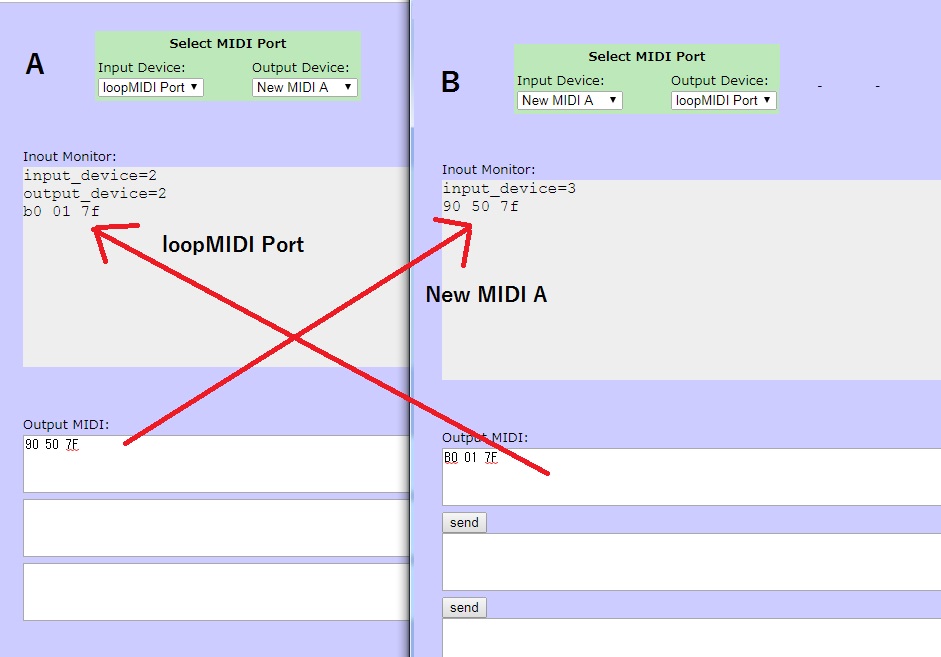
Below is another example.
Browser A: Inout Device:loopMIDI Port Output Device:loopMIDI Port Browser B: Output Device:loopMIDI Port Inout Device:loopMIDI Port
In this case, Browser B sends a MIDI to loopMIDI Port and Browser A and B receive the MIDI from loopMIDI Port.
